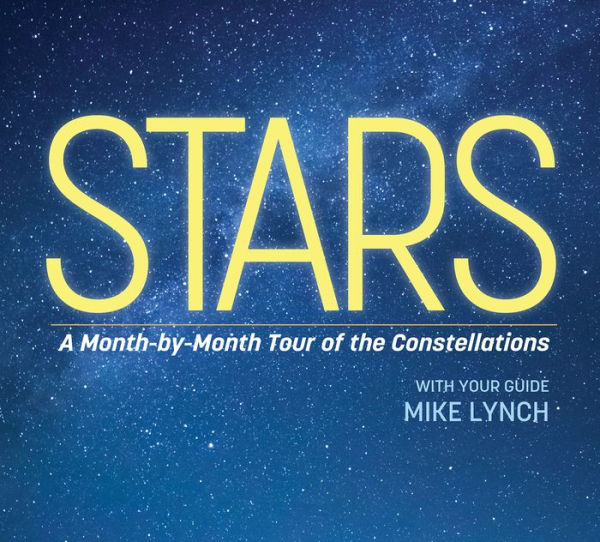Mike Lynch is a native Minnesotan who grew up in Richfield, Minnesota, in the 1960s. He attended Saint Peter’s Catholic School and Holy Angels High School. After 2 years at the University of Minnesota in the Twin Cities, he transferred to the University of Wisconsin–Madison and earned his B.S. degree in Meteorology in 1979. Shortly afterward, he was hired as a broadcast meteorologist at WCCO Radio. He retired in 2020 after a 40-year career. Mike has covered all kinds of weather, from deadly tornadoes to record cold snaps. In fact, on February 2, 1996, he broadcasted from Tower, Minnesota, when the temperature dropped to 60 degrees below zero, an all-time record low for the state of Minnesota.
Since he was a teenager, Mike’s other passion has been astronomy. He built his first telescope when he was 15 years old. For over 50 years, Mike has been teaching classes and hosting star parties with community education groups, nature centers, and other entities throughout Minnesota and Western Wisconsin. His goal is to help people make the stars their old friends.
From 2004 to 2007, Mike wrote astronomy/stargazing books for Voyageur Press. He wrote state-specific books for Minnesota, Wisconsin, Iowa, the Dakotas, Michigan, New York, Ohio, Pennsylvania, New England, New Jersey, the Carolinas, Florida, Georgia, Texas, Wyoming, Washington, Oregon, California, New Mexico, Arizona, Montana, and Southern Canada.
In 2007, he also wrote Mike Lynch’s Minnesota WeatherWatch, which was a finalist in the Minnesota Book Awards.
On top of that, Mike also writes a weekly Starwatch column for the St. Paul Pioneer Press. His column is syndicated in several other newspapers across the United States.
Mike lives in Eagan, Minnesota, with his wife, Kathy. He has two children, Angie and Shaun. Mike also enjoys astrophotography and has shared many of his better photos in this book.



